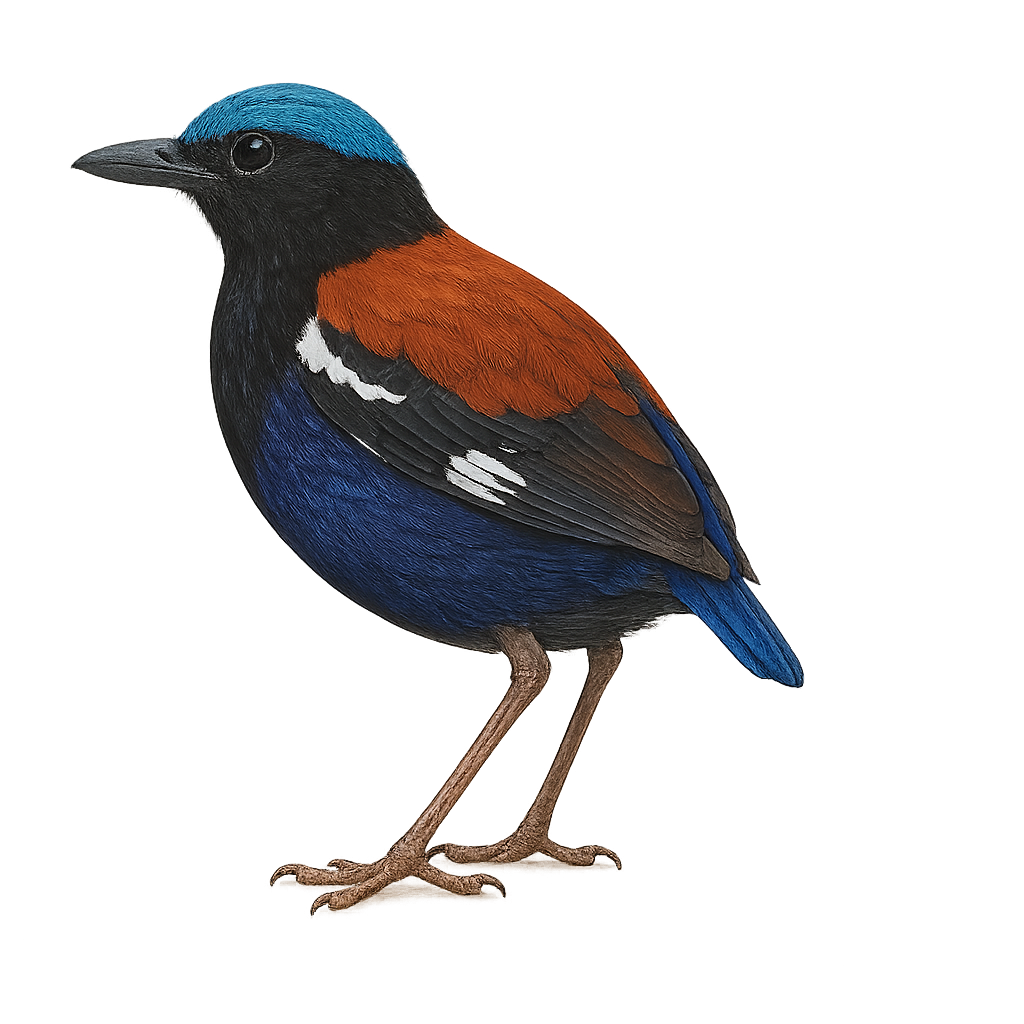Your wildlife photography guide.
Explore the blue-headed pitta in detail, study its behavior, prepare your shots.
Where to observe and photograph the blue-headed pitta in the wild
Learn where and when to spot the blue-headed pitta in the wild, how to identify the species based on distinctive features, and what natural environments it inhabits. The WildlifePhotographer app offers tailored photography tips that reflect the blue-headed pitta’s behavior, helping you capture better wildlife images. Explore the full species profile for key information including description, habitat, active periods, and approach techniques.
Blue-headed Pitta
Scientific name: Hydrornis baudii

IUCN Status: Near Threatened
Family: PITTIDAE
Group: Birds
Sensitivity to human approach: Suspicious
Minimum approach distance: 10 m
Courtship display: April to June
Incubation: 15-17 jours
Hatchings: April to July
Habitat:
Tropical forests, dense undergrowth, wetlands
Activity period :
Primarily active during the day, with peak activity in the morning and late afternoon.
Identification and description:
The Blue-headed Pitta, scientifically known as Hydrornis baudii, is a vibrant and elusive bird native to the tropical forests of Borneo. It is easily identified by its striking blue head and a body adorned with shades of brown and black. This small bird primarily feeds on insects and small invertebrates found in the forest litter. The Blue-headed Pitta is a solitary creature, often difficult to spot due to its secretive nature and dense habitat. Although its population is currently stable, deforestation poses a potential threat to its natural environment. Birdwatchers admire this species for its vivid colors and melodious song, though observing it often requires patience and stealth.
Recommended lens:
400 mm – adjust based on distance, desired framing (portrait or habitat), and approach conditions.
Photography tips:
To photograph the Blue-headed Pitta, it is advisable to use a telephoto lens of 400mm or more to capture sharp images from a distance. Given that this bird is suspicious and inhabits dense forests, it is important to remain discreet and blend into the environment. Wear neutral-colored clothing and avoid sudden movements. Patience is key, as this bird can remain still for long periods. Opt for early morning hours to take advantage of soft, natural light, which is ideal for highlighting the bird's vibrant colors.
The WildlifePhotographer App is coming soon!
Be the first to explore the best nature spots, track rutting seasons, log your observations, and observe more wildlife.
Already 1 429 wildlife lovers subscribed worldwide

